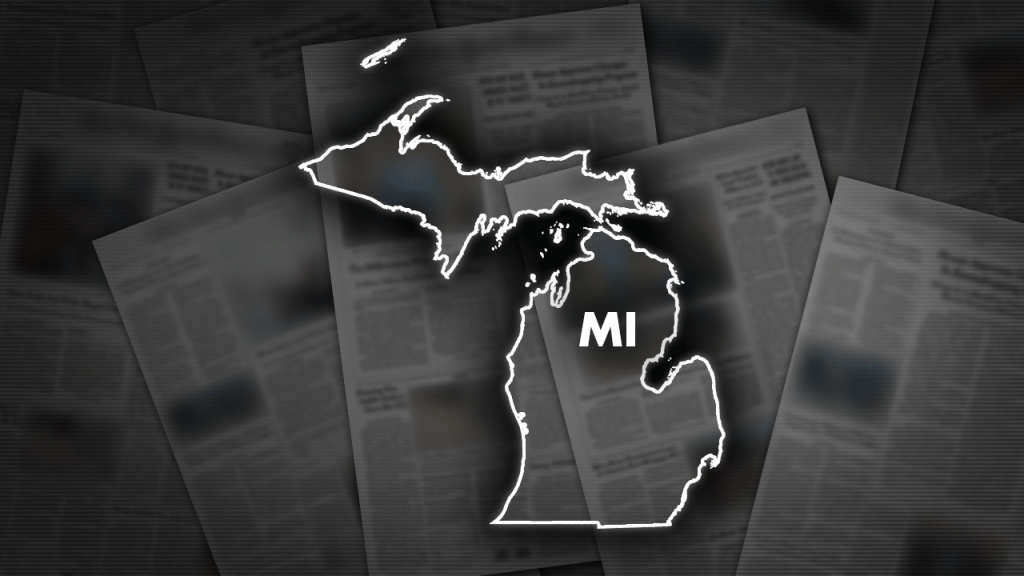The remains of 17-year-old U.S. Army Pfc. Thomas A. Smith from Grant, Michigan, who was killed in the Korean War in 1950, have been identified by military scientists using DNA, dental, and anthropological evidence. Smith was reported missing in action in August 1950 during “defensive action near Chinju at the southern end of the Korean peninsula.” Despite efforts to recover his remains, they could not be found, and the Army issued a presumptive finding of death for him in 1953. Smith’s remains, which had been buried in Honolulu at the National Memorial Cemetery of the Pacific since 1956, were disinterred in March 2019 and sent to the Defense POW/MIA Accounting Agency (DPAA) laboratory for analysis.
The identified remains of Pfc. Thomas A. Smith will be buried in his hometown of Grant, Michigan, at a date yet to be determined. This closure comes nearly 70 years after Smith’s death, as his remains were originally recovered near the village of Hwagye, South Korea, in late 1950 by the U.S. Army Quartermaster Corps but could not be identified at the time. Now, through advancements in technology and forensic science, Smith’s family will finally be able to give him a proper burial in their hometown. A rosette will be placed next to Smith’s name at the Courts of the Missing at the Punchbowl in Honolulu to indicate that he has been accounted for, providing a sense of peace and closure for his loved ones.
The identification of Pfc. Smith’s remains is part of ongoing efforts by the DPAA to locate and identify the remains of missing service members from past conflicts. Through meticulous analysis and scientific testing, the DPAA works to bring closure to families who have lost loved ones in battle, ensuring that those who made the ultimate sacrifice are properly honored and remembered. The recovery and identification of Smith’s remains serve as a testament to the dedication and commitment of the military and scientific communities to fulfill their promise of “Leaving No One Behind.”
The discovery and identification of Smith’s remains highlight the enduring impact of conflicts like the Korean War on American families and communities. The sacrifices made by young men like Thomas A. Smith, who left their homes and families to serve their country, continue to resonate decades later. By honoring Smith’s memory and providing closure to his family, the military and scientific communities demonstrate their unwavering commitment to upholding the promise to never forget the sacrifices made by those who serve in defense of freedom and democracy. The burial of Smith’s remains in his hometown symbolizes the return of a lost hero to his community, where he will be remembered and honored for his service and sacrifice.
The identification and burial of Pfc. Thomas A. Smith’s remains not only bring closure to his family and community but also serve as a reminder of the ongoing mission to locate and identify all missing service members from past conflicts. The dedication and perseverance of the military and scientific communities in fulfilling this mission reflect America’s commitment to honoring the sacrifices made by those who have served in defense of their country. By ensuring that no service member is left behind, the DPAA and its partners uphold the values of remembrance, respect, and gratitude for those who have given their lives in service to the nation. Smith’s story serves as a poignant reminder of the human cost of war and the importance of never forgetting those who have paid the ultimate price for freedom.













